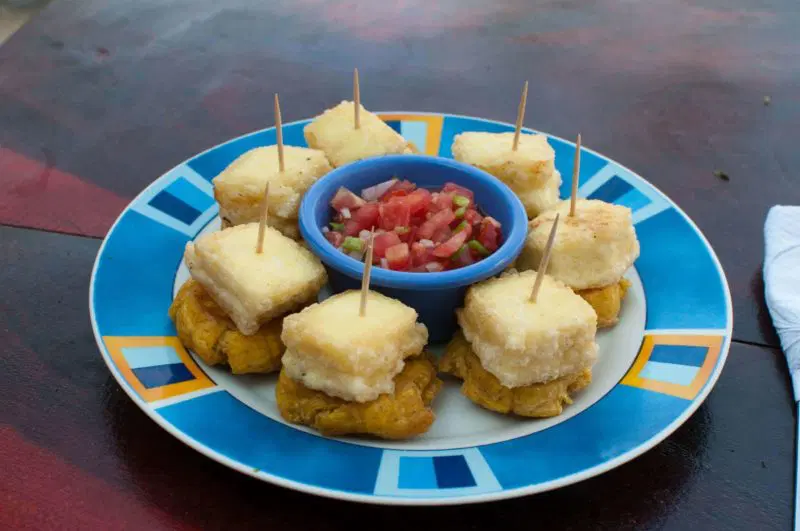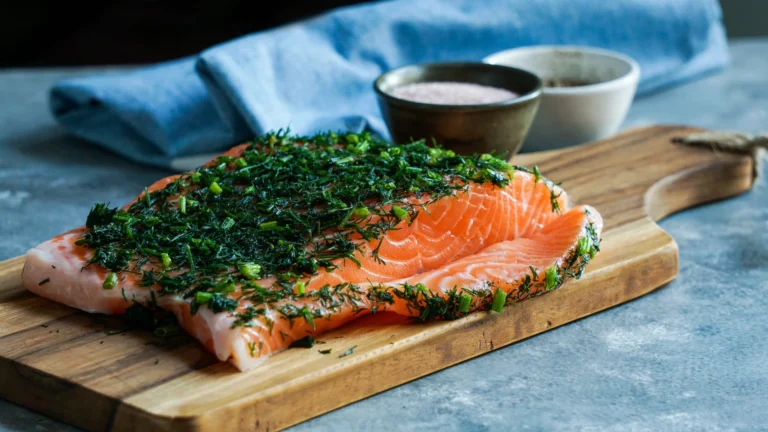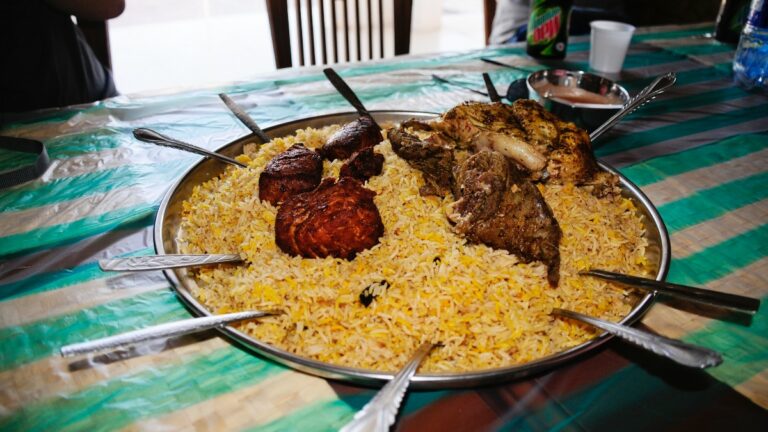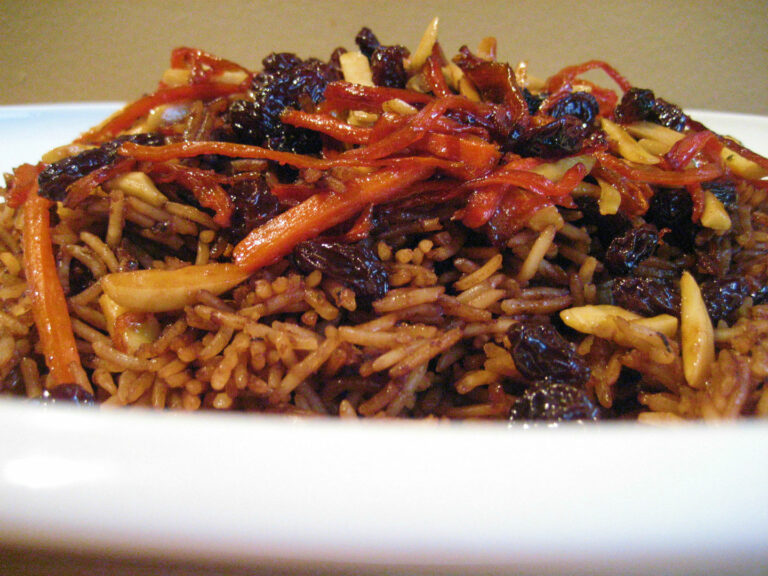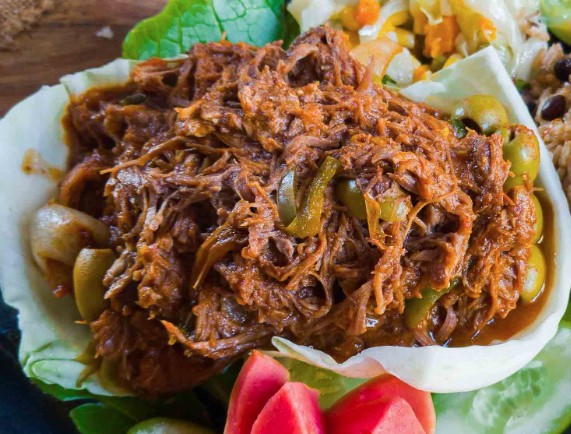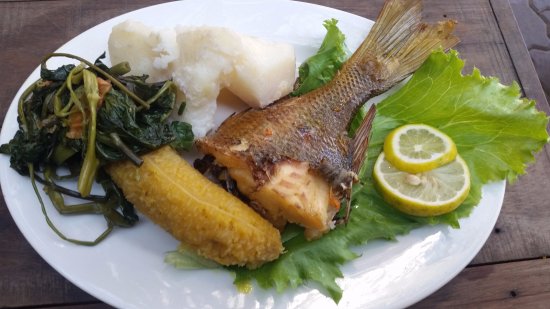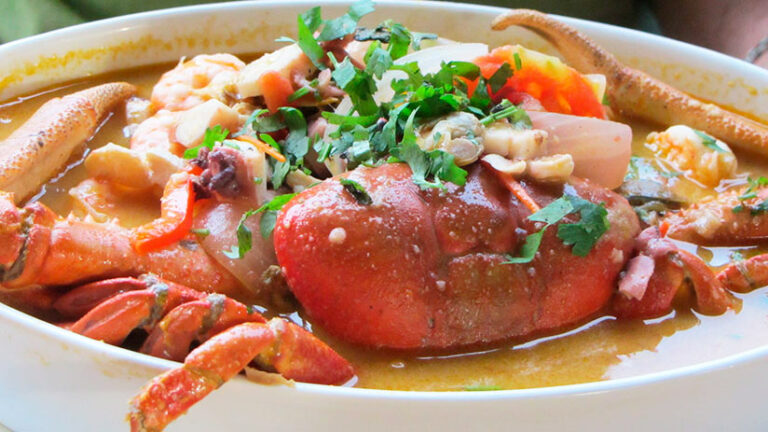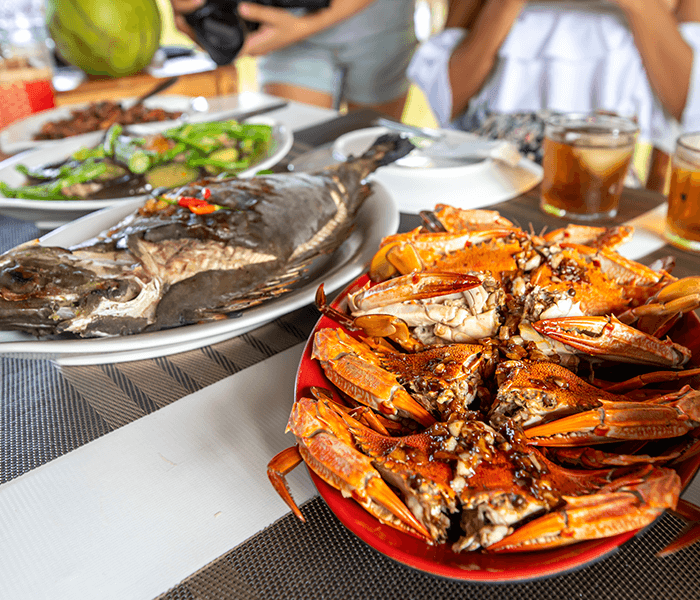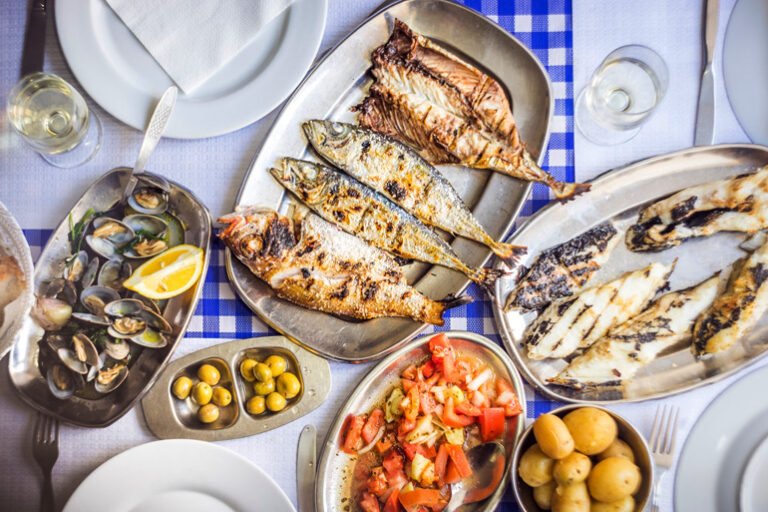Introduction: Nicaraguan cuisine and seafood
Nicaraguan cuisine is a blend of indigenous and Spanish flavors. The country’s location between the Pacific Ocean and the Caribbean Sea means that seafood plays an important role in the country’s cuisine. Nicaraguan cuisine is known for its use of fresh ingredients like herbs, spices, and vegetables, and seafood is no exception. The country’s long coastline, freshwater rivers, and lakes offer a variety of seafood options, making it a popular choice for locals and tourists alike.
Overview of seafood dishes in Nicaraguan cuisine
Seafood dishes are a common sight in Nicaraguan cuisine. The country’s most popular seafood dishes include ceviche, seafood soup, and fried fish. Nicaraguan cuisine also features seafood stews, grilled fish, and seafood paella. The dishes are often served with rice, beans, or plantains, which are staple foods in Nicaragua.
Ceviche: the most popular seafood dish in Nicaragua
Ceviche is the most popular seafood dish in Nicaragua. It is made with raw fish marinated in lime juice and mixed with onions, cilantro, and tomatoes. Ceviche is typically served with small crackers or tortilla chips. The dish is a refreshing and light option, perfect for Nicaragua’s hot climate.
Ceviche is a popular street food in Nicaragua and can be found in markets and food stalls throughout the country. The dish is also commonly served in restaurants and is a favorite among locals and tourists.
Other popular seafood dishes in Nicaraguan cuisine
Seafood soup, also known as sopa de mariscos, is another popular seafood dish in Nicaragua. The soup is made with a variety of seafood, including shrimp, fish, and octopus, and is simmered with vegetables like carrots, onions, and potatoes. The soup is often served with rice and is a filling and flavorful dish.
Grilled fish is another popular option in Nicaraguan cuisine. Fish fillets are seasoned with herbs and spices and grilled to perfection. The fish is often served with a side of rice and beans.
Regional variations in Nicaraguan seafood dishes
Nicaragua’s coastal regions have their own variations of seafood dishes. In the Caribbean region, seafood is often cooked with coconut milk, giving it a unique flavor. The Pacific region is known for its seafood soup, which features a variety of fresh fish and shellfish.
Conclusion: Nicaraguan cuisine’s rich seafood offerings
Nicaraguan cuisine’s use of fresh seafood and local ingredients makes it a unique and flavorful cuisine. Ceviche, seafood soup, and grilled fish are just a few examples of the delicious seafood dishes available in Nicaragua. Whether you’re exploring the country’s bustling markets or dining in a restaurant, be sure to try some of Nicaragua’s seafood offerings.

